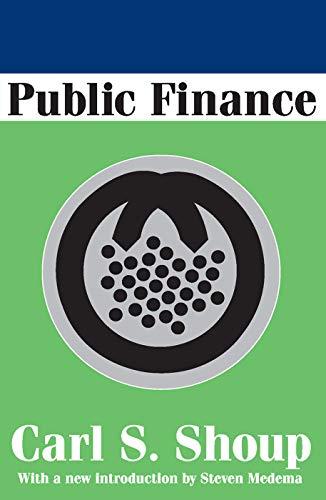
Directions: Complete the financial report worksheet to help you with your calculations to create the APA report. 1. Go to your financial institution's website or a local financial institution's website and find the interest rate and combounding frequency (monthly, quarterly, annually, and so on) for a savings account. Record that here: 2. Use the compound interest formula: A=P(1+nr)nt where r is the interest rate as a decimal, n is the number of times it is compounded in the time frame, t is the amount of time, and P is the starting value. Calculate your balance if you invest $1,000 for 1 year. 3. Using the compound interest formula, calculate your balance if you invest $1,000 for 5 years. 4. Now select a new compounding period (monthly, quarterly, annually, and so on) and redo your calculations from number 2&3, using the same interest rate. 5. Now select a new interest rate from another financial institution that is different than your starting one. Redo your calculations from numbers 2&3 with the new rate but keeping the same compounding frequency that you used in 2&3. 6. What did you learn about comparing the compounding frequency that interest is compounded? 7. What did you learn about comparing the interest rate? Directions: Complete the financial report worksheet to help you with your calculations to create the APA report. 1. Go to your financial institution's website or a local financial institution's website and find the interest rate and combounding frequency (monthly, quarterly, annually, and so on) for a savings account. Record that here: 2. Use the compound interest formula: A=P(1+nr)nt where r is the interest rate as a decimal, n is the number of times it is compounded in the time frame, t is the amount of time, and P is the starting value. Calculate your balance if you invest $1,000 for 1 year. 3. Using the compound interest formula, calculate your balance if you invest $1,000 for 5 years. 4. Now select a new compounding period (monthly, quarterly, annually, and so on) and redo your calculations from number 2&3, using the same interest rate. 5. Now select a new interest rate from another financial institution that is different than your starting one. Redo your calculations from numbers 2&3 with the new rate but keeping the same compounding frequency that you used in 2&3. 6. What did you learn about comparing the compounding frequency that interest is compounded? 7. What did you learn about comparing the interest rate







